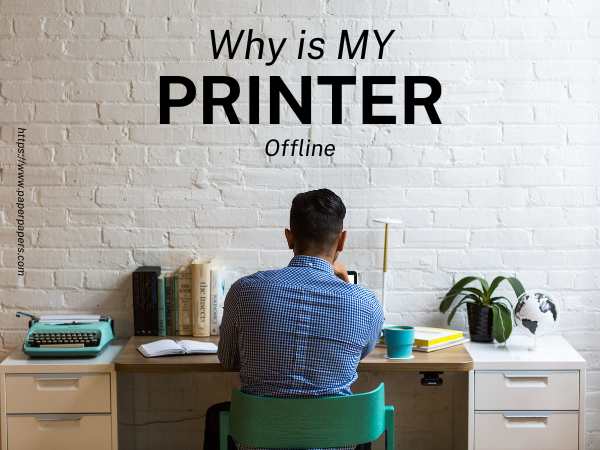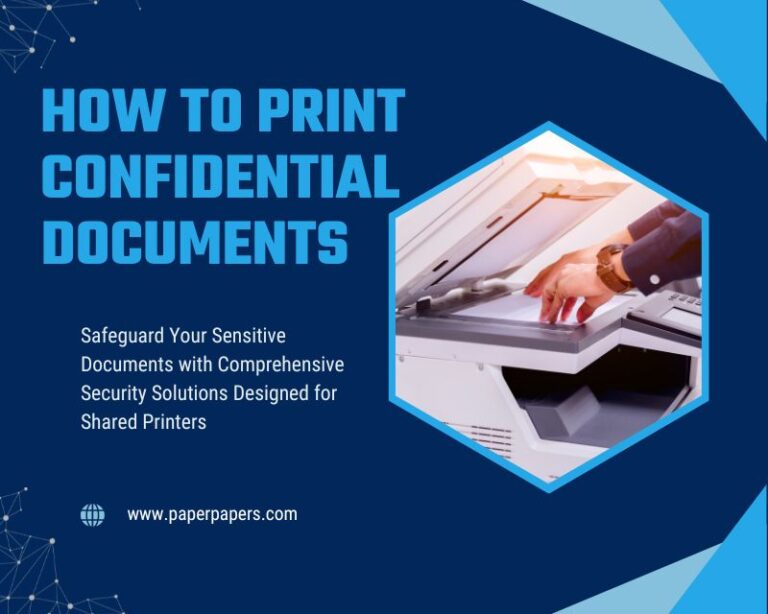4 Best Practices of Printer Security
While most companies prioritize cybersecurity measures for their computers and networks, printers are often overlooked. It’s probably because a simple machine of paper and ink rarely seems like a security risk. However, printer security is a vital aspect of cyber protection, as printers can be extremely vulnerable to cyber threats.
In this article, we’ll detail the importance of printer security and the best practices you can follow to implement it.
Why is Printer Security Important?
Most people don’t realize how much of a security risk printers can be if they’re not secured. If you’ve ever wondered, ‘Can someone access my printer?’ then the answer is absolutely. Your printer is an easy gateway for cyber security threats to access your networks and obtain sensitive information.
So, dismissing printer security vulnerabilities can cause a lot more problems than just a paper jam. Some risks include:
- Breach of sensitive documents, including personal data, financial records, business information, etc.
- Printers connected to a network can be used as entry points for attackers to access other devices and systems.
- Compromised printers can be used to distribute malware across networks.
- Unauthorized users can tamper with printer resources to alter or delete important documents.
How Do I Secure My Printer?
Did you know that in 2023, 61% of IT decision-makers suffered data losses due to unsecured printers? This stat demonstrates how easy it is to hack into printers if proper security measures aren’t taken. Fortunately, there are several security practices you can follow to avoid a similar fate. Some of these are:
1. Updating Firmware and Software
Similar to laptops and desktop computers, printers come with their own software and firmware that needs to be constantly updated. A printer with outdated software will most likely work around security vulnerabilities and missing features. So, while the basic functions of a printer are still in order, it’ll still be exposed to unauthorized users and cyber attacks.
On the other hand, manufacturers constantly release software fixes that eliminate bugs and improve printer security. By updating your software, you’ll have full access to these features and add an extra layer of protection to your printer.
2. Limiting Access to Printers
Another way to implement printer security is by limiting its access to specific hours and personnel. To apply the former, set the printer to shut down during off-hours so that it disconnects from the network. This prevents hackers from accessing the printer when it’s not in use.

Additionally, you can limit the printer’s access to authorized employees only by administering strong authentication methods. This includes setting up PINs, biometric authentication, secure login credentials, etc.
3. Deleting Print History
Many printers have a feature allowing users to store their history. This basically refers to a record of print jobs sent to the printer. While storing a record of your prints can be useful in some cases, it’s also a huge security risk. Unauthorized users can easily access these records and root out confidential information.
You’re better off deleting your printer history. So, even if a hacker does manage to reach your printer, they won’t find anything worthwhile.
4. Changing Default Passwords
Default passwords are preset passwords that manufacturers assign to devices before they’re purchased. However, these passwords are usually generic and can easily be found online. So, they offer no security to your device and its contents.
Sticking to default passwords would be a big mistake, as they’re low-hanging fruit for hackers. Instead, switch to stronger, unique passwords that combine letters, numbers, and characters. For extra security, you can even choose to change the password regularly.
Conclusion
Printer security should always be a fundamental part of a company’s cyber security strategy. Some of the best security practices include regularly updating your software, limiting employee’s access to printers, changing default passwords, etc.
Once your printer is secure, you can safely print confidential and sensitive documents. For high-quality papers to complement these documents, contact us at Paper Papers. We offer a variety of premium printer papers you dont want to miss out on.







